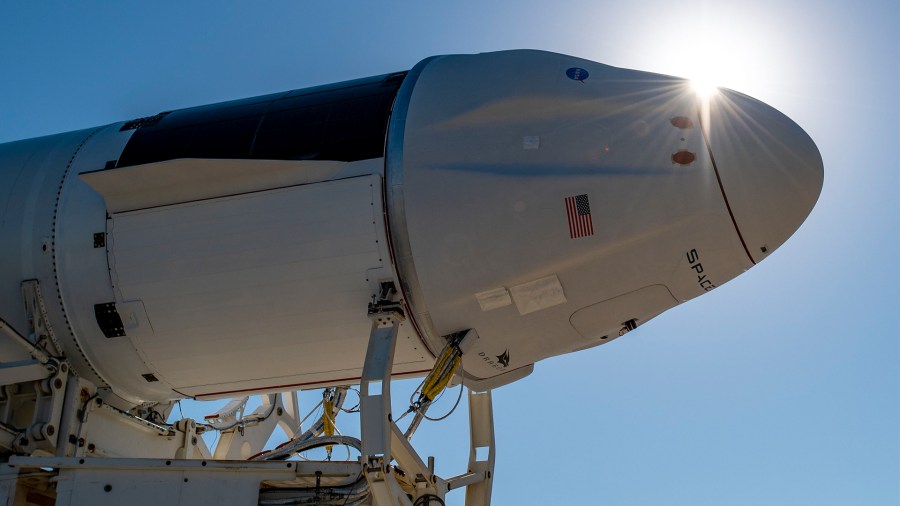CAPE CANAVERAL, Fla. (WFLA) — NASA and SpaceX successfully launched water bears, squid and solar panels into space from Florida on a commercial cargo mission Thursday afternoon.
The 22nd commercial resupply mission to the International Space Station lifted of at 1:29 p.m. SpaceX’s Falcon 9 rocket launched the Dragon spacecraft into orbit from Kennedy Space Center. The Falcon 9 later detached and landed on a droneship in the ocean.
In addition to supplies and equipment for the astronauts on the ISS, the capsule of Dragon will be carrying a variety of research and experiments to space station. Here’s a look at some of the things being launched into space and why:

Squid
Newly-hatched glow-in-the-dark bobtail squid will be launched to the space station so scientists can examine what impacts spaceflight has on “interactions between beneficial microbes and their animal hosts.”
How it could help us: The principal investigator for the experiment explained that humans and other animals rely on microbes to maintain healthy digestive and immune systems. According to the experiment description, “gravity’s role in shaping these interactions is not well understood and microgravity provides the opportunity to improve that understanding.”
Water bears
Scientists will also be looking into how tardigrades, also know as water bears, tolerate space. NASA describes water bears as “tiny creatures that tolerate environments more extreme than most life forms can.” By launching the water bears into space, they’re hoping to examine how it adapts to high-stress environments.
How it could help us: The scientists behind the experiment hope that the research will help them understand “the stress factors affecting humans in space and support development of countermeasures.”
“Spaceflight can be a really challenging environment for organisms, including humans, who have evolved to the conditions on Earth,” principal investigator Thomas Boothby said. “One of the things we are really keen to do is understand how tardigrades are surviving and reproducing in these environments and whether we can learn anything about the tricks that they are using and adapt them to safeguard astronauts.”
Cotton
An investigation funded by retail chain Target will study how root system architecture can impact a plant’s resilience to stress.
How it could help us: Scientists say the investigation could help develop “tougher cotton.”
“We are hoping to reveal features of root system formation that can be targeted by breeders and scientists to improve characteristics such as drought resistance or nutrient uptake, both key factors in the environmental impacts of modern agriculture,” principal investigator Simon Gilroy said.
Portable ultrasound
The Butterfly IQ Ultrasound, an FDA-approved portable ultrasound device, is one of the technology demonstrations being launched to the ISS on Thursday. The goal is to have crew members on the space station use the device and provide feedback on the ease and quality.

How it could help us: According to investigators on the project, the demonstration could help experts figure out if the device can be of use in future space exploration missions as well as in remote or isolated settings on Earth.
Kidneys
Scientists will be studying the impacts of microgravity on a 3D kidney cell model that’s being carried to the space station.
According to NASA, some ISS crew members have shown increased susceptibility to kidney stones during flight. They’re hoping this experiment will help examine the effects microgravity may have on the formation of microcrystals that can eventually lead to kidney stones.
How it could help us: Scientists hope their findings in this experiment could be used to help improve kidney health on Earth.
“This investigation could reveal critical pathways of kidney disease development and progression, potentially leading to therapies to treat and prevent kidney stones for astronauts and for the 1 in 10 people on Earth who develop them,” NASA explained.
NASA has additional details on the science and technology being launched on the resupply mission on its website. The Dragon capsule is expected to dock at the space station on Saturday.






